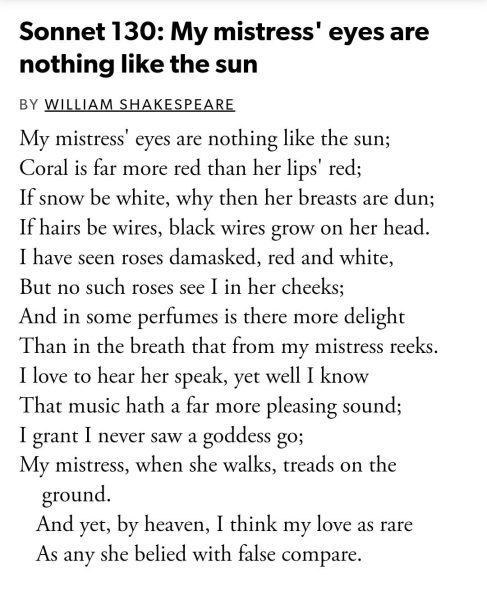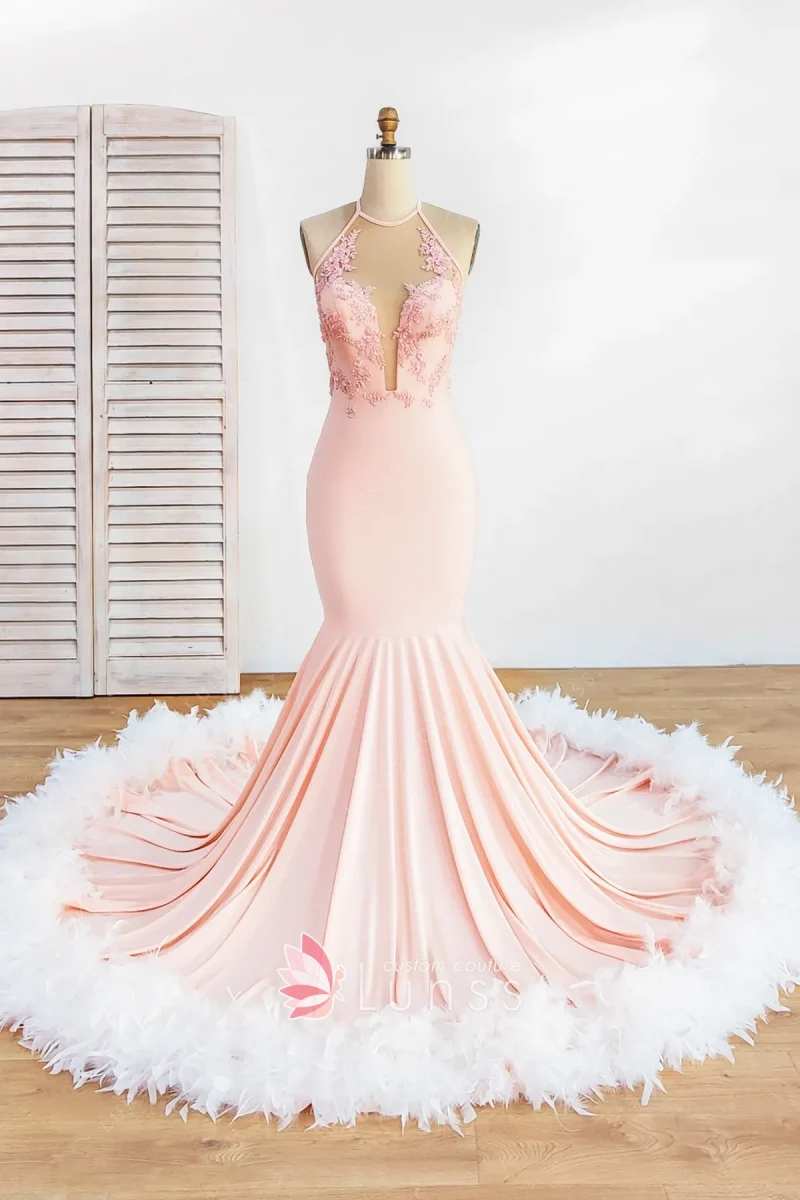As Valentine’s Day is approaching, we thought it would be important to look back in history and try to decipher the various representations of love in Shakespeare’s works. What does his take on love tell us about our society today?
One of the most widely read sonnets by Shakespeare is Sonnet 130, which is a rather unconventional love poem. It was very customary, following the conventions set up by the Italian lyric poet Petrarch, to write sonnets praising the beauty of the woman you were in love with. This kind of sonnet would praise beautiful features of face and figure and of course, the custom was to say how beautiful and marvelous each feature was. Throughout history, society has flooded young hearts with ideas of beauty and love. It has trained women to believe that in order to be loved and relevant, they must fit into societal ideals of beauty. The topic of inner beauty is rarely discussed. These societal ideals, while probably quite different in Shakespeare’s day, still existed and served to teach young women that in order to be loved, they must adhere to this idea of beauty. Shakespeare uses a superficially censorious tone in his Sonnet 130 to suggest that true love does not rely on outside beauty.
The sonnet presents us with a series of inversions. Shakespeare knows the convention that the woman you love has eyes “brighter or more lovely than the sun”, and he simply denies it in the first line. The following lines each turn upside down a customary complement: the woman’s breasts are dull coloured or greyish (“dun”) not, as was proverbial, “as white as snow” (3–4). Her cheeks are not as beautiful in coloring as damask roses (5–6). Her breath is not particularly sweet-smelling (7–8); her voice is normal and not musical (8–9); her walk normal too, not like that of a supernatural goddess. Nonetheless, the poet admires her beauty, suggesting that she is really beautiful, but adamant that he is not going to be drawn into a game of falsely praising that beauty.
Shakespeare insists that the woman he loves is a flesh-and-blood mortal, and no “goddess” (11) (or super-model as we might now say). Yet he thinks she is really beautiful nonetheless, and his admiration is intended to seem all the more real for being realistic (rather than exaggerated, or clichéd) terms. The mistress’s imperfections are praised. By the end of the poem, the speaker concludes, “And yet by heaven I think my love as rare, / As any she belied with false compare” (13-14). This final declaration of love despite comparisons to societal expectations reveals the true purpose behind Shakespeare’s description of his mistress. True love isn’t reliant on the illusion of a notion of perfect beauty.
Shakespeare’s purpose was to satirize the poets of his time and their often-repeated opinion on beauty. He uses a cynical tone in order to convey to his readers the idea that beauty can have many forms; it does not have to fit into a conventional description to be beautiful or be obtained by artificial means. The poem turns the traditional conventions of beauty upside down and compels us to evaluate and understand the true meaning of beauty. Shakespeare’s message is that something can be natural and flawed, but still be seen as beautiful.








